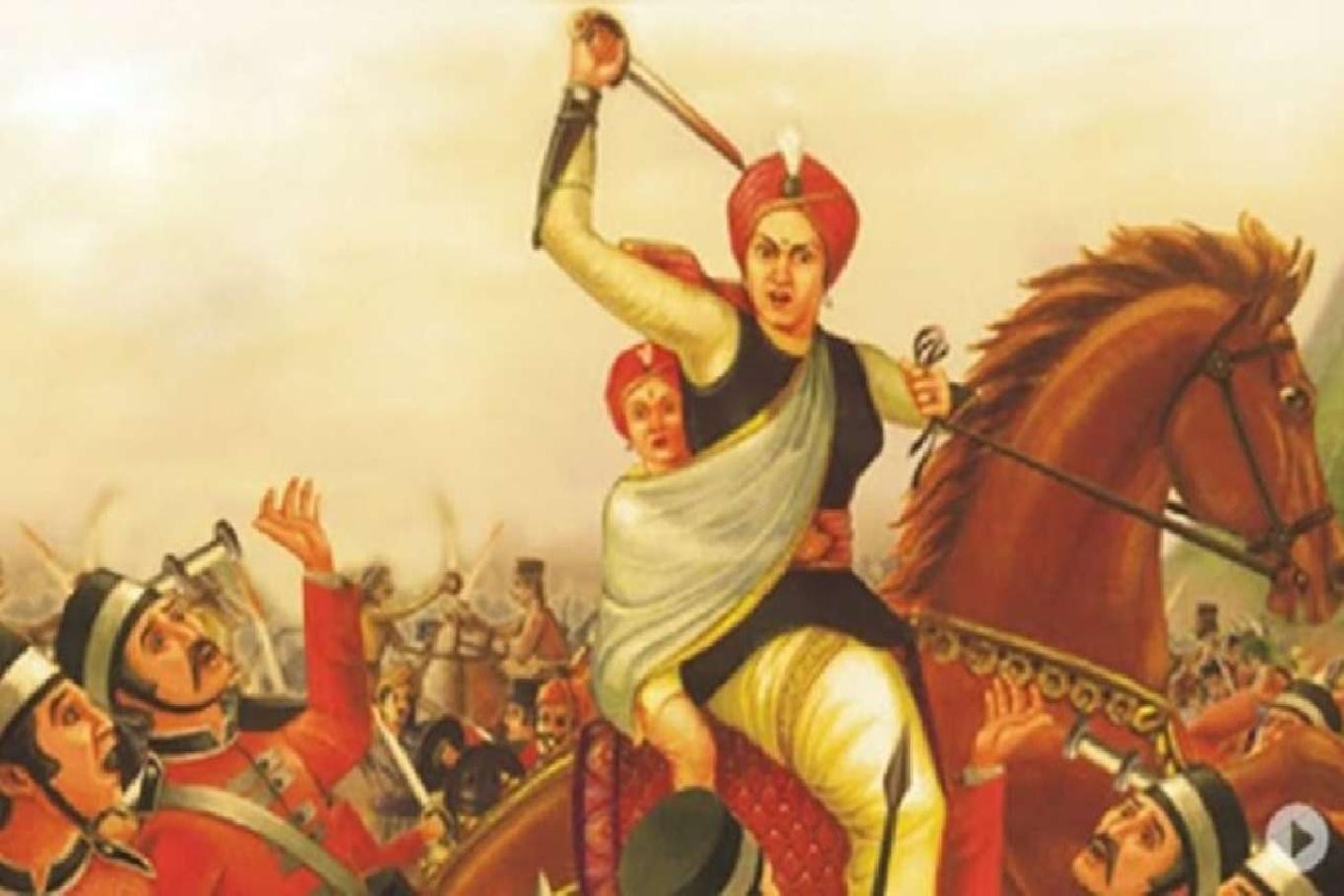
Rani Lakshmibai, also known as Jhansi ki Rani, emerged as a prominent figure in the Rebellion of 1857, symbolizing the Indian struggle against British rule. Celebrated as a national icon, her birth anniversary on November 19 is commemorated as Martyr’s Day in Jhansi, honoring those who sacrificed their lives in the rebellion.
Born in 1828 as Manikarnika Tambe in Varanasi, Rani Lakshmibai was raised by her father, who encouraged her unconventional upbringing, nurturing her skills in horsemanship, archery, and self-defense. In 1842, she married Maharaja Gangadhar Rao Newalkar of Jhansi, adopting the name Rani Lakshmibai. Despite personal tragedies, including the loss of her son and husband, she continued her steadfast commitment to her people.
However, the Doctrine of Lapse, a policy enacted by Lord Dalhousie, denied her adopted son, Damodar Rao, the rightful heirship to Jhansi, leading to British attempts to annex the kingdom. Disheartened by the injustice, Rani Lakshmibai’s defiance intensified when faced with British demands for surrender in 1858.
With the introduction of greased cartridges and the collective discontent among sepoys, the rebellion gained momentum. Rani Lakshmibai, supported by allies such as Tantia Tope and Nana Sahib, fiercely defended Jhansi, leading to a prolonged siege.
Despite valiant efforts, the British eventually entered Jhansi. Rani Lakshmibai, with her infant son strapped to her back, fought bravely until forced to retreat. She continued her resistance, engaging in battles across regions until her eventual demise on June 17, 1858.
Rani Lakshmibai’s legacy lives on, immortalized in her courageous stand for Indian independence. Her tomb, situated in the Phool Bagh area of Gwalior, stands as a testament to her unwavering spirit and sacrifice.












